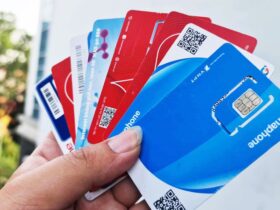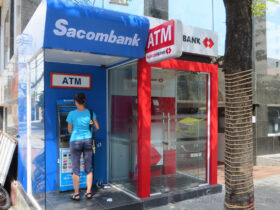Traveling through Vietnam doesn’t have to cost a fortune. With some planning, you can enjoy everything this amazing country has to offer without emptying your wallet. From tasty street food to budget-friendly accommodations, Vietnam makes it easy for travelers to stick to their budgets. Let’s break down the essentials to help you explore Vietnam affordably.
Understanding the cost of travel in Vietnam
How currency exchange impacts your budget
When traveling in Vietnam, understanding the currency exchange can save you from costly mistakes. At the time of writing, $1 equals approximately 25,000 Vietnamese Dong (VND). You’ll often withdraw 500,000 VND notes from ATMs, which are just over $20 each. Be cautious, though—20,000 and 500,000 VND notes look similar, and mixing them up could lead to an expensive error. For budget travelers, keeping track of these conversions is crucial to avoid overspending.

Average daily expenses for travelers
Vietnam is widely considered a budget-friendly destination, and for good reason. Here’s a breakdown of average daily expenses for various categories:
| Expense Type | Cost (USD) |
|---|---|
| Hostel dorm bed | $5–$10 |
| Basic room for two | $10–$20 |
| Village homestay | $5–$20 |
| Local bus ticket | From $1 |
| Sit-down dinner for two | $15 |
| Street food (e.g., banh mi) | $0.70 |
| Coffee (ca phe) | $0.70 |
| Beer at a bar | $1 |
On average, travelers can expect to spend between $30–$50 per day, depending on their level of comfort and activities.
Tips for managing your travel funds
Managing your money effectively can stretch your budget further. Here are some practical tips:
- Use cash: While credit cards are accepted in larger cities, cash is king in rural areas and for small purchases.
- Avoid airport currency exchanges: Their rates are often less favorable than banks or local exchange offices.
- Withdraw larger amounts: To minimize ATM fees, take out more cash at once, but keep it secure.
- Track your spending: Apps like Trail Wallet or a simple notebook can help you monitor your expenses.
By paying attention to these details, you’ll find it easier to stick to your budget while enjoying everything Vietnam has to offer. For a more detailed expense overview, budget travelers can expect to spend around $1120 for a two-week trip, as highlighted in this Vietnam travel expenses guide.
Choosing the best time to visit Vietnam
Seasonal Variations in Travel Costs
Vietnam’s seasons can have a big impact on your travel budget. Peak tourist months, like July and August, often come with higher prices for flights and accommodations, especially along the central coast, where the beaches are a major draw. Similarly, December to March sees another price hike as travelers flock to places like Phu Quoc Island and the northern mountains for trekking. On the other hand, visiting during the rainy season (May to September in the south and October to April in the north) can save you a lot of money. Just pack an umbrella and enjoy fewer crowds.
Weather Considerations for Budget Travelers
The weather in Vietnam varies greatly depending on where you are. The north has four distinct seasons, while the south is tropical year-round. If you’re hoping to avoid extreme heat or heavy rain, aim for spring (April to June) or autumn (September to November). These months often strike a balance between pleasant weather and reasonable costs. Plus, you’ll find it easier to explore outdoor attractions without worrying about the weather ruining your plans.
Peak vs. Off-Peak Travel Periods
Traveling during off-peak periods can make a huge difference to your wallet. Avoid national holidays like Tet (Vietnamese New Year) in January or February, when locals are also traveling, and prices surge. Instead, consider the shoulder seasons—April to June or September to November. You’ll enjoy milder weather and better deals on everything from hotels to guided tours. Plus, you’ll dodge the heavy tourist crowds, making for a more relaxed experience.
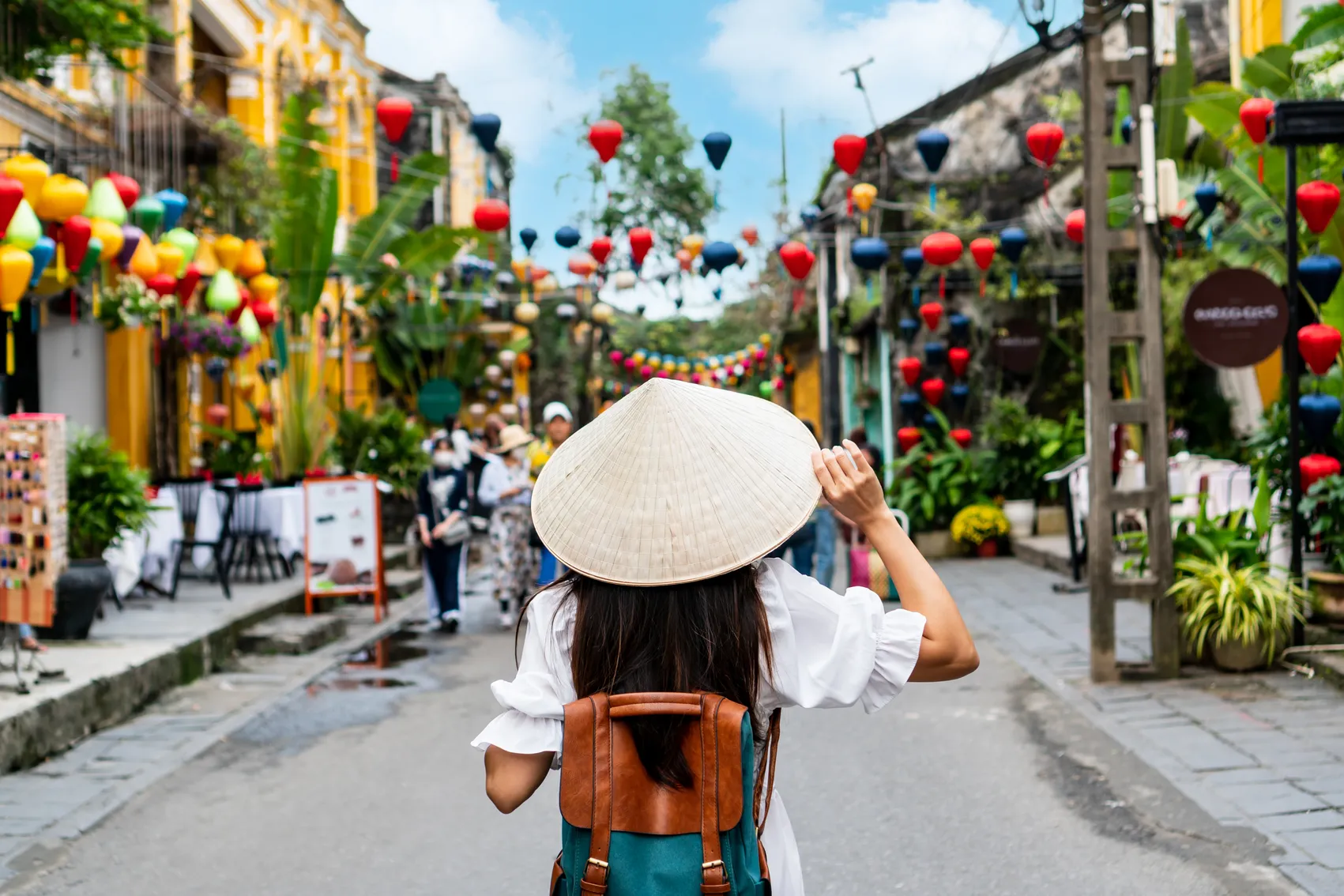
Affordable transportation options in Vietnam
Using buses and trains for long-distance travel
When it comes to cost-effective travel options in Vietnam, buses and trains are your best bet for getting around. The long-distance buses, including the popular “open tour” buses, are a favorite among budget travelers. These buses allow you to hop on and off at major tourist destinations, making them both flexible and affordable. Expect to pay between $5 and $15 for most routes, depending on the distance. Trains, on the other hand, offer a more scenic and comfortable ride. A sleeper train from Hanoi to Sapa, for example, costs around $30-$35 per person. Booking in advance often secures the best deals.
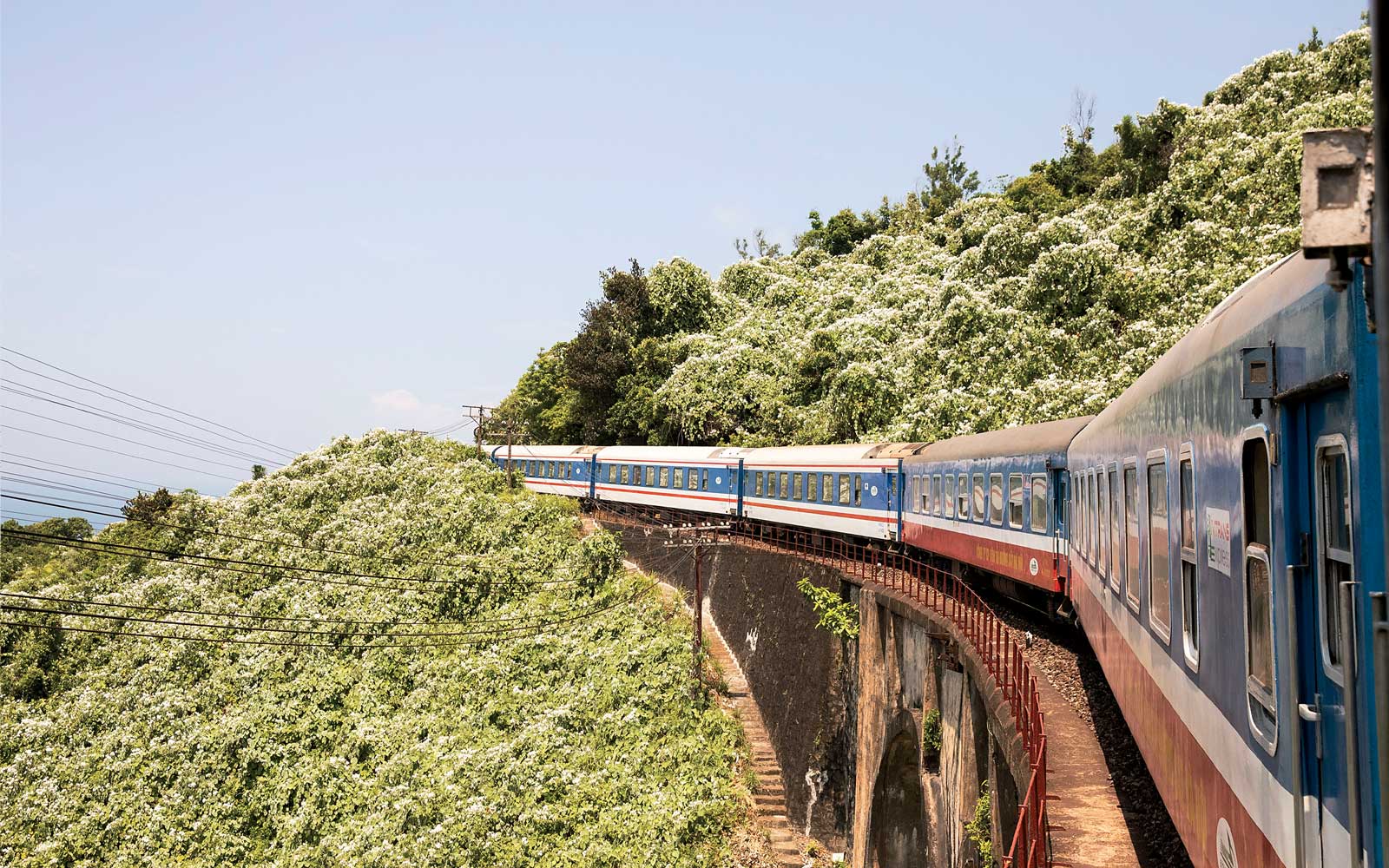
The benefits of overnight travel
Overnight travel is a smart way to save both time and money. By taking an overnight bus or train, you can skip paying for a night in a hotel while covering significant distances. Many buses come equipped with reclining seats or even flat berths, ensuring a decent level of comfort. Similarly, trains often feature sleeper cabins that are ideal for longer journeys. This option not only reduces accommodation costs but also maximizes your sightseeing time during the day.
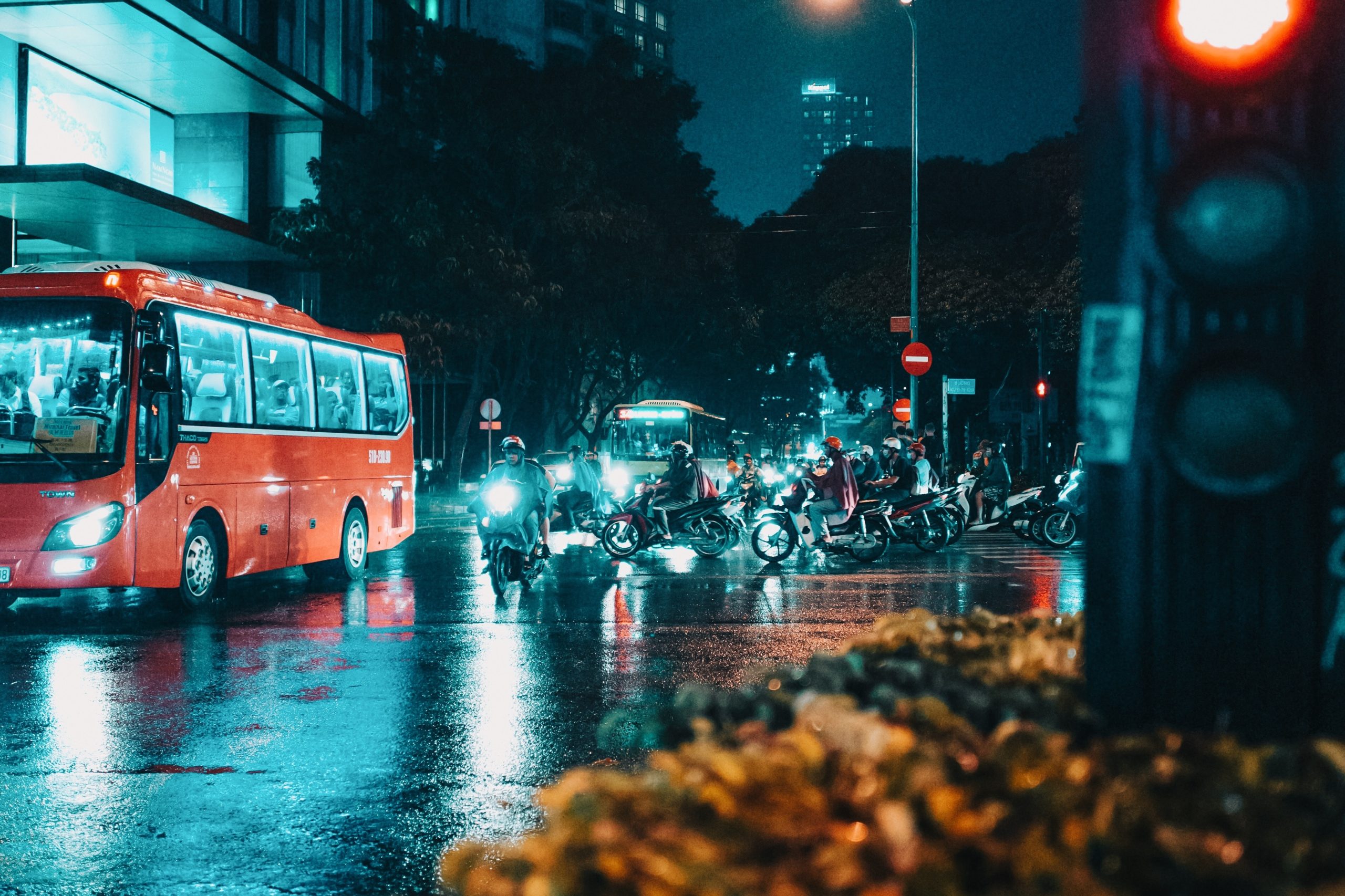
Navigating cities on a budget
Getting around cities like Hanoi, Ho Chi Minh City, or Da Nang doesn’t have to break the bank. Apps like Grab make it easy to book motorbike or car rides at reasonable rates. Motorbike taxis are particularly cheap, often costing just a couple of dollars for short distances. For an even cheaper option, consider renting a bicycle for around $1-$3 per day or using local buses, which are both affordable and widely available. Walking is, of course, free and a great way to soak in the local atmosphere.

Budget-friendly accommodations in Vietnam
Hostels and dormitories for backpackers
If you’re a backpacker or solo traveler, hostels in Vietnam are an unbeatable option. Dorm beds can cost as little as $5 per night, and even the more upscale hostels rarely exceed $15. Many hostels now offer private rooms, which are perfect if you’re traveling with a friend or partner and want to save on costs. For example, a private room in a hostel might run you around $20–$40, offering both affordability and comfort. Amenities like on-site bars, pools, and communal kitchens are common, making hostels a social and practical choice for budget travelers.
Homestays for a cultural experience
For a more immersive experience, consider staying in a homestay. These are especially popular in regions like the Mekong Delta or the Central Highlands. You’ll get a simple but cozy room, often with delicious home-cooked meals included. Prices typically range from $10–$30 per night, depending on the location and amenities. Homestays not only save you money but also provide an authentic glimpse into Vietnamese culture and family life. They’re among the most affordable places to visit in Vietnam if you’re looking for more than just a place to sleep.
Finding deals on budget hotels
Budget hotels in Vietnam are surprisingly good value. Clean, mid-range properties in central locations often cost between $20 and $60 per night. If you’re visiting major cities like Ho Chi Minh City, platforms like affordable hotels in Ho Chi Minh City can help you find the best deals while reading guest reviews to ensure quality. For the price, you’ll usually get amenities like air conditioning, Wi-Fi, and sometimes even breakfast. To snag the best rates, book during the off-peak season or look for last-minute deals. This is one of the top “budget travel tips for Vietnam” for those who prefer more privacy than hostels offer.
Eating well without overspending
Exploring Vietnam’s street food scene
Vietnam is a paradise for food lovers, and the best part? You don’t need to break the bank to eat like royalty. Vietnamese street food is not only delicious but incredibly affordable, with meals often costing less than $2. Staples like Pho, Banh Mi, and Bun Cha highlight the country’s rich culinary heritage and are must-tries for every traveler. Look for bustling stalls or carts—if locals are lining up, it’s a good sign the food is fresh and tasty. Don’t be afraid to try something new; you might stumble upon a hidden gem.
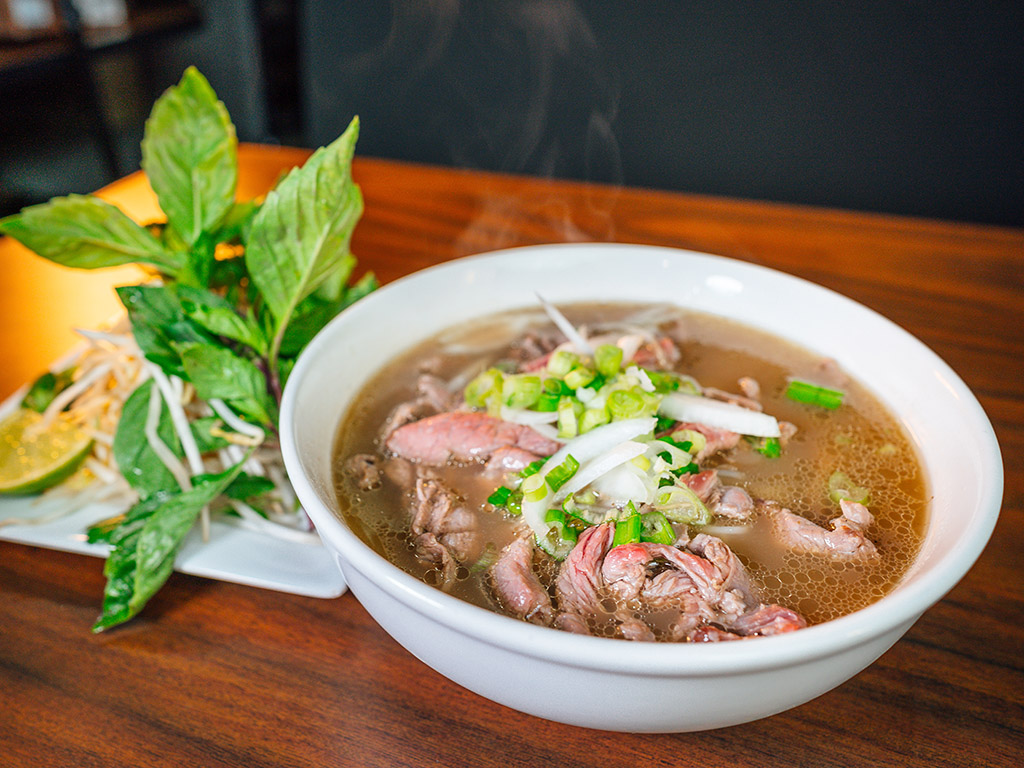
Using food delivery apps to save money
If you’re too tired to venture out or just want to relax, food delivery apps like Grab Food, Shopee, or BAEMIN are lifesavers. These apps often have lower prices compared to dining in, and meals are delivered straight to your door. Set the app to English, and ask your hostel or hotel staff for recommendations on popular dishes or reliable vendors. This way, you can enjoy authentic Vietnamese flavors without paying restaurant prices.
Avoiding hidden charges at restaurants
Some restaurants, especially those catering to tourists, may include “optional” extras like bottled water, tissues, or peanuts on your table. These aren’t always complimentary and could inflate your bill unexpectedly. Always check the menu or ask the staff if these items are free. A little vigilance can save you from unnecessary surprises and keep your budget intact.
Saving money on activities and tours
Finding free or low-cost attractions
Vietnam is packed with affordable and even free activities that don’t skimp on the experience. Many temples, like Hanoi’s iconic Temple of Literature, have modest entry fees, and some, such as Hoan Kiem Lake, are completely free to explore. Nature lovers can enjoy the stunning landscapes of places like the Hai Van Pass or the beaches of Da Nang with no cost at all. A little research can uncover hidden gems that won’t dent your budget.
Negotiating prices for guided tours
Haggling isn’t just reserved for markets in Vietnam—it’s a useful skill when booking tours, too. Tour operators often expect some negotiation, so don’t shy away from asking for a better price. If you’re booking multiple tours, mention it upfront as this could lead to discounts. For those who prefer to plan ahead, online platforms like Klook can offer competitive rates and promotions.
Exploring Vietnam independently
Sometimes, the best way to save money is by skipping organized tours altogether. Renting a motorbike or bicycle can be a cost-effective and adventurous way to explore at your own pace. Use a map app to plan your route, and you can discover lesser-known spots that aren’t part of the typical tourist trail. Independent travel not only saves money but also gives you the freedom to linger where you like and avoid crowded group schedules.
Tips for traveling between cities
The pros and cons of open tour buses
Open tour buses are a popular option for travelers exploring Vietnam. These buses cater specifically to tourists, offering convenient routes between major cities. One key advantage is that they often pick you up and drop you off at central locations, saving you the hassle of additional taxi fares. However, they lack the cultural immersion you might get from local buses, and prices can be slightly higher. If you’re short on time and prefer a predictable schedule, open tour buses can be a practical choice.
Using local transport for short distances
For shorter distances, local buses, motorbike taxis, or even cyclos (three-wheeled bicycle taxis) are budget-friendly ways to get around. Motorbike taxis, in particular, are a quick and inexpensive option, especially in bustling cities like Hanoi and Ho Chi Minh City. Just remember to negotiate the fare beforehand to avoid surprises. Apps like Grab can also help you secure fair prices without the need to haggle.
Crossing borders affordably
If your Vietnam trip includes crossing into neighboring countries like Cambodia or Laos, consider taking a bus. These are significantly cheaper than flights and often include border-crossing assistance. Be prepared with the necessary visas and some cash in USD for border fees. While it might take longer than flying, the cost savings can be substantial, making it a great option for budget-conscious travelers.
Shopping smart in Vietnam
Haggling at local markets
Shopping at Vietnam’s vibrant markets is a must, but the key to saving money while traveling in Vietnam is mastering the art of haggling. Sellers expect it, and it’s often seen as part of the shopping experience. Start by offering about half of the initial price and work your way up. Always stay polite and friendly—think of it as a fun exchange rather than a battle. Remember, a smile can go a long way in negotiations. For tailored clothing, such as dresses or suits, start with a clear budget in mind. Tailored clothing in Vietnam can be surprisingly affordable, starting at around $20 USD, but prices vary depending on fabric and craftsmanship.
Finding authentic souvenirs on a budget
Vietnam offers a treasure trove of unique souvenirs, from lacquerware to hand-embroidered textiles. To get the best deals, shop at smaller, less touristy markets or artisan villages. For example, Dong Xuan Market in Hanoi or Ben Thanh Market in Ho Chi Minh City are great starting points. Avoid shops near major tourist attractions, as they often mark up prices significantly. When buying in bulk, don’t hesitate to ask for a discount—it’s common and expected.
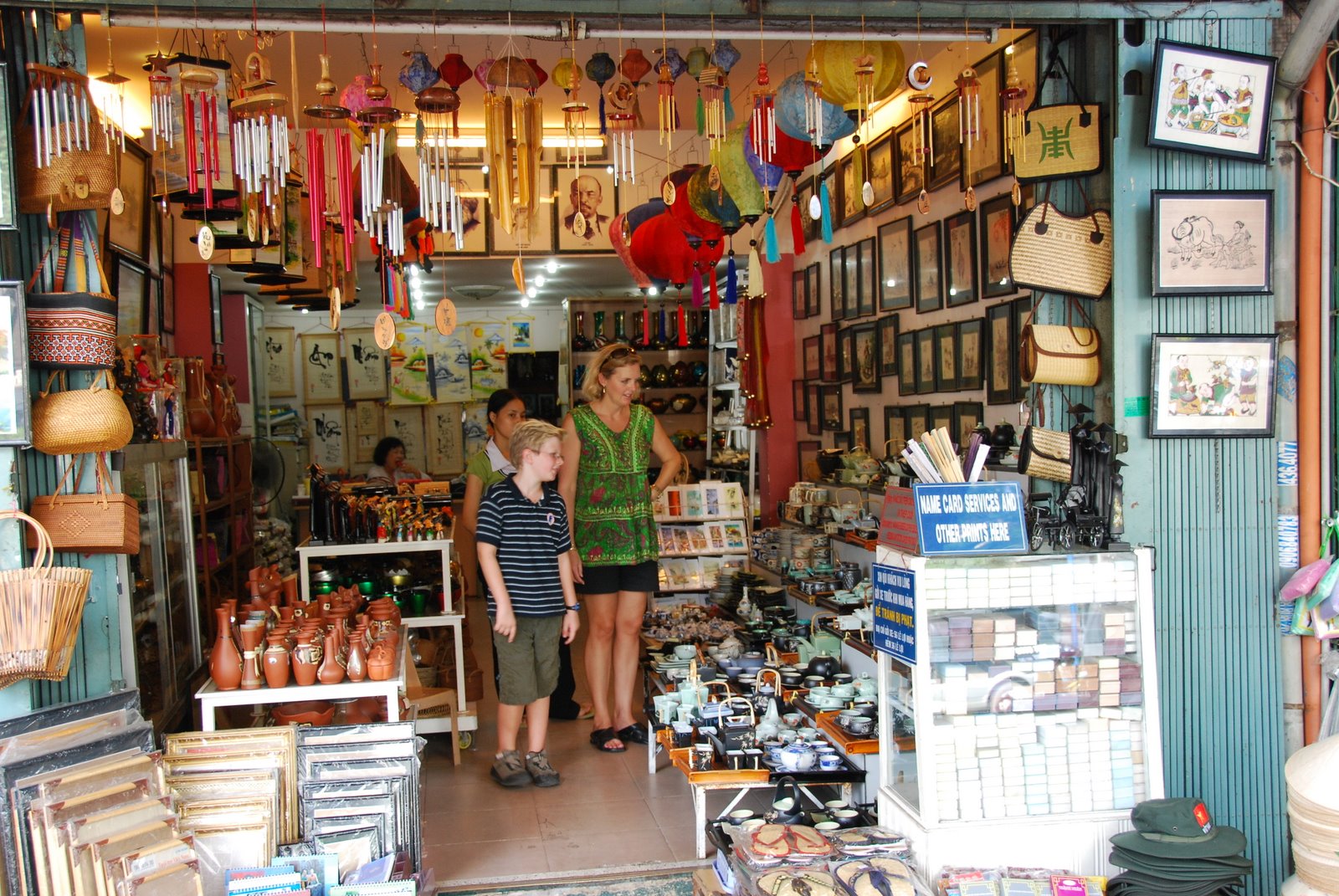
Avoiding tourist traps
Tourist-heavy areas can be convenient but are often more expensive. Instead, venture into local neighborhoods for better prices and authentic finds. Skip pre-packaged souvenir shops and look for stalls where locals shop. If something feels overpriced, trust your gut and explore other options. Also, be cautious of scams—some vendors may try to pass off machine-made items as handmade. A little research beforehand can help you spot the difference and avoid overpaying.
Staying connected without breaking the bank
Affordable SIM card options
Staying connected in Vietnam doesn’t have to cost a fortune. Getting a local SIM card is one of the easiest and cheapest ways to have internet access throughout your trip. Physical SIM cards can be purchased at airports, convenience stores, or phone shops, but you’ll often need your passport for registration. Prices for local SIMs typically start at just a few dollars for a basic plan with data. However, if you want to skip the hassle of buying one in person, consider an eSIM. With an eSIM, you can activate your data plan before you even land.
Using free Wi-Fi effectively
Vietnam is a Wi-Fi-friendly country, with free connections available in most cafes, hotels, and even some public areas. To make the most of this, plan your internet-heavy tasks—like uploading photos or downloading maps—when you’re in a Wi-Fi zone. It’s also a good idea to download offline maps and guides in advance in case you’re without a connection. Just remember, public Wi-Fi isn’t always secure, so avoid accessing sensitive information like online banking while connected.
Apps to help you save money
Having the right apps on your phone can make a big difference in your spending. Apps like Grab or Be not only help you find affordable transportation and food delivery but can also save you time. For language assistance, download a translation app to avoid misunderstandings. And don’t forget to keep an eye on your data usage—many apps allow you to toggle settings to reduce data consumption when you’re not on Wi-Fi. By planning ahead, you can stay connected without blowing your budget.
Cultural tips for budget travelers
Respecting local customs while saving money
Vietnamese culture is rich and deeply rooted in traditions, so showing respect can go a long way—and it doesn’t cost a thing. For instance, when visiting temples or pagodas, dress modestly by covering your shoulders and knees. Many sites provide free sarongs or scarves if you forget, but it’s always a good idea to bring your own lightweight shawl. A simple gesture like removing your shoes before entering someone’s home or a sacred space can make a big impression.
Additionally, learning a few basic Vietnamese phrases like “xin chào” (hello) or “cảm ơn” (thank you) is not just polite but can also help you connect with locals. Even if your pronunciation isn’t perfect, the effort is appreciated and might even lead to some insider tips on budget-friendly spots.
How to dress appropriately on a budget
You don’t need to splurge on expensive clothes to blend in and stay comfortable. Lightweight, breathable fabrics are key for Vietnam’s humid climate. Opt for neutral colors and avoid overly flashy attire to avoid standing out as a tourist. If you’re short on appropriate clothing, local markets often sell affordable, lightweight garments that are both budget-friendly and culturally appropriate. Think loose linen pants or cotton shirts that work well for both temple visits and casual outings.
Pro tip: A wide-brimmed hat or a traditional conical hat (nón lá) not only keeps the sun off but also helps you fit in while exploring rural areas.
Engaging with locals for insider tips
Locals are often the best resource for finding hidden gems that won’t drain your wallet. Strike up conversations with your homestay hosts, street food vendors, or even fellow passengers on a bus. They can point you toward free attractions, lesser-known eateries, or affordable transportation options.
If you’re staying in a homestay, don’t hesitate to ask your host for recommendations. Many will be happy to share tips on avoiding tourist traps or finding authentic experiences. Some might even offer to guide you personally, often at a much lower cost than a formal tour.
By respecting the culture, dressing smartly, and engaging with locals, you’ll not only save money but also enrich your travel experience in Vietnam.
Avoiding common travel pitfalls
Recognizing Scams Targeting Tourists
Vietnam is generally safe, but scams targeting tourists are something to watch out for. Common scams include overcharging for taxi rides, inflated prices at markets, and fake tour operators. Always agree on a price before hopping into a taxi or purchasing items. Use a trusted ride-hailing app like Grab to avoid being overcharged. At markets, haggle politely but firmly—it’s part of the culture. For tours, book through well-reviewed agencies to ensure you get what you pay for.
Staying Safe While Saving Money
Safety doesn’t have to come at a high cost. Stick to well-lit areas at night and avoid showing off valuables like expensive jewelry or electronics. If you’re renting a motorbike, make sure the brakes work properly and always wear a helmet. Keep your belongings close, especially in crowded areas like markets or public transport. A small anti-theft backpack can be a lifesaver for keeping your essentials secure.
Understanding Local Laws and Etiquette
Vietnam has its own set of laws and customs that might surprise first-time visitors. For example, it’s illegal to take photos of military installations. Dress modestly when visiting temples—cover your shoulders and knees. And while bargaining is common in markets, do so with a smile to keep the interaction friendly. Respecting local customs not only avoids misunderstandings but can also lead to insider tips from locals who appreciate your effort to blend in.
Wrapping It Up
Traveling through Vietnam on a budget doesn’t mean you have to miss out on the magic. Whether you’re savoring a bowl of street-side pho, hopping on an overnight bus, or soaking in the views from a homestay in the hills, there’s always a way to make it work without breaking the bank. The key is to plan smart, stay flexible, and embrace the unexpected. Vietnam is full of surprises, and sometimes the best memories come from the unplanned moments. So pack light, keep an open mind, and get ready for an adventure you’ll never forget.
Frequently Asked Questions
What is the best way to save money on transportation in Vietnam?
Traveling by overnight buses or trains is a great way to save on both transportation and accommodation costs. Local buses and motorbike rentals are also budget-friendly options for shorter distances.
When is the cheapest time to visit Vietnam?
The off-peak seasons, such as May to September, often have lower prices for flights and accommodations. However, be prepared for rainy weather during these months.
How much should I budget for daily expenses in Vietnam?
On average, budget travelers can spend around $20–$40 per day, which covers food, transportation, and accommodations. Street food and hostels can help keep costs low.
Are there affordable accommodation options in Vietnam?
Yes, Vietnam offers a variety of budget-friendly accommodations such as hostels, dormitories, and homestays. Booking in advance can also help you find better deals.
Is street food safe to eat in Vietnam?
Street food in Vietnam is generally safe and delicious. Stick to busy stalls where food is freshly prepared, and avoid items that have been sitting out for a long time.
What are some free or low-cost attractions in Vietnam?
You can explore free attractions like local markets, beaches, and temples. Many cities also have walking tours or museums with low entrance fees.
How can I avoid scams while traveling in Vietnam?
To avoid scams, always agree on prices beforehand, especially with taxis and market vendors. Use reputable tour operators and avoid overly persistent sellers.
What’s the best way to stay connected in Vietnam without spending too much?
Buying a local SIM card with a data plan is affordable and convenient. Many cafes and hotels also offer free Wi-Fi, which can help you save on data usage.
